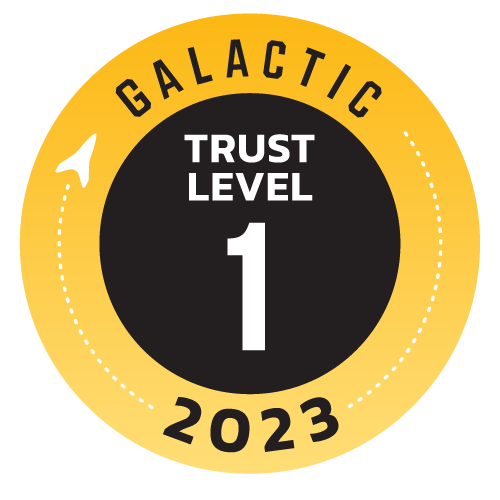Understanding the size of a potential market is all-important. If a market is too small, you can't make money, no matter how innovative your products or competitive the pricing. That’s where a market analysis comes in. Here are two basic methods:
Top-down analysis: Determine the total size of the market and then estimate your share of that market. Here’s how a typical top-down analysis might go: “Let’s see. I will sell a widget everyone can use, and since there are at least 3 billion potential users, even if I only manage to land 1% of that market I’ll sell 30 million apps!”
Sound optimistic? That’s how a top-down analysis usually sounds; it’s like the stereotypical “2% of a $1 billion market is $20 million!” sales forecast made in hundreds of pitch meetings every year.
Bottom-up analysis: Estimate potential sales to determine a total sales figure. A bottom-up analysis evaluates where products can be sold, the sales of comparable products and the portion of sales you can gain. While it takes a lot more effort, the result is usually much more accurate.
Here’s a quick example. Say you just developed a new external hard drive and want to determine if there is a profitable market that will sustain a real business.
- Where are hard drives pumps typically sold? You decide to focus on specialty computer stores, at least at first, since landing shelf space at Walmart isn’t particularly likely.
- How many specialty stores are in the US? You determine there are approximately 5,000 (a number we just made up).
- How many of those stores will be willing to stock your drives? Talk to as many as you can to see if they would be willing to carry your product. If you talk to 100 and 30 claim they will, be conservative and cut that number in half. If 15% of stores actually carry your product, that’s 750 stores.
- How many drives does a shop sell over the course of a year? Say the stores average 200 total drives a year. Every shop carries a variety of drives, so assume you can sell 30 drives a year to each shop.
The final math is easy: 750 shops times 30 drives per shop equals 22,500 drives a year.
The key to sizing up your market is to stay objective and make an honest and unbiased evaluation of how viable your product or service will be. Always go into business with realistic expectations — that way the only surprises, at least where sales are concerned, will be pleasant ones.









